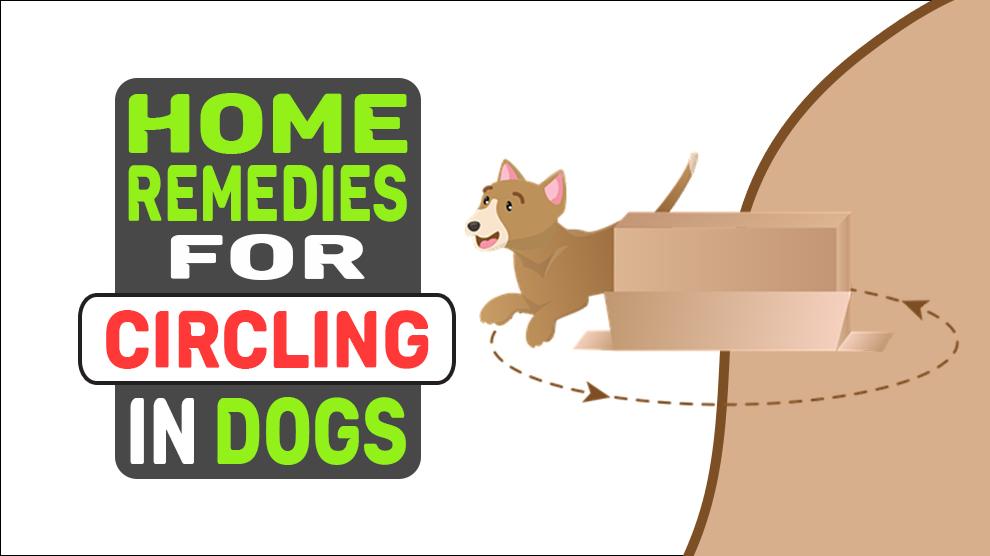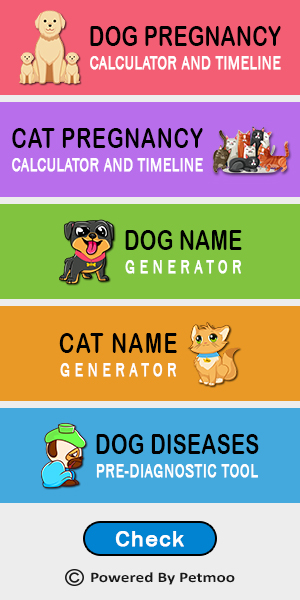Possible Diseases For Circling
- Vestibular Ataxia - Read More -> Vestibular Ataxia In Dogs - Symptoms & Treatment
- Epilepsy - Read More -> Epilepsy In Dogs - Causes, Symptoms & Treatment
- Hepatic Encephalopathy - Read More -> Hepatic Encephalopathy In Dogs
- Hydrocephalus - Read More -> Hydrocephalus In Dogs - Symptoms, Causes, & Treatments
- Vestibular Disease - Read More -> Vestibular Disease In Dogs - Symptoms & Treatment
- Inflammatory Brain Disease - Read More -> Inflammatory Brain Disease In Dogs
- Liver Shunt - Read More -> Liver Shunt In Dogs: Symptoms, Causes And Treatment
Home Remedies For Circling
Circling in dogs can be a sign of various medical conditions, such as neurological disorders or ear infections, and it's important to have your dog evaluated by a veterinarian to determine the underlying cause of the circling.
Once the underlying condition is treated, the circling should improve.
However, here are some home remedies that may help alleviate the circling in your dog:
- Keep your dog calm: Try to keep your dog in a calm and quiet environment, as overstimulation can sometimes exacerbate circling behavior.
- Use a harness: If your dog is circling due to vestibular disease (a disorder of the inner ear), using a harness instead of a collar can help prevent them from getting dizzy or losing their balance.
- Provide a comfortable bed: Provide your dog with a comfortable bed to lie on, and make sure they have easy access to food and water.
- Massage: Gentle massage can help improve circulation and reduce stress, which may help alleviate circling behavior. Focus on massaging the neck and shoulders, as well as the hips and legs.
- Exercise: Regular exercise can help keep your dog's mind and body active, which may help reduce circling behavior.
It is important to remember that these home remedies are not a substitute for veterinary care.
If your dog's circling persists or is accompanied by other symptoms such as loss of balance, head tilt, or vomiting, it is important to seek veterinary attention immediately.

















